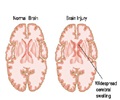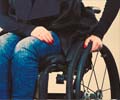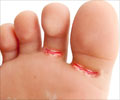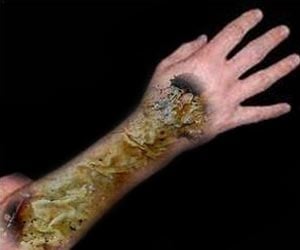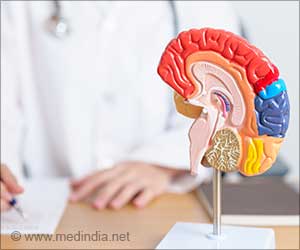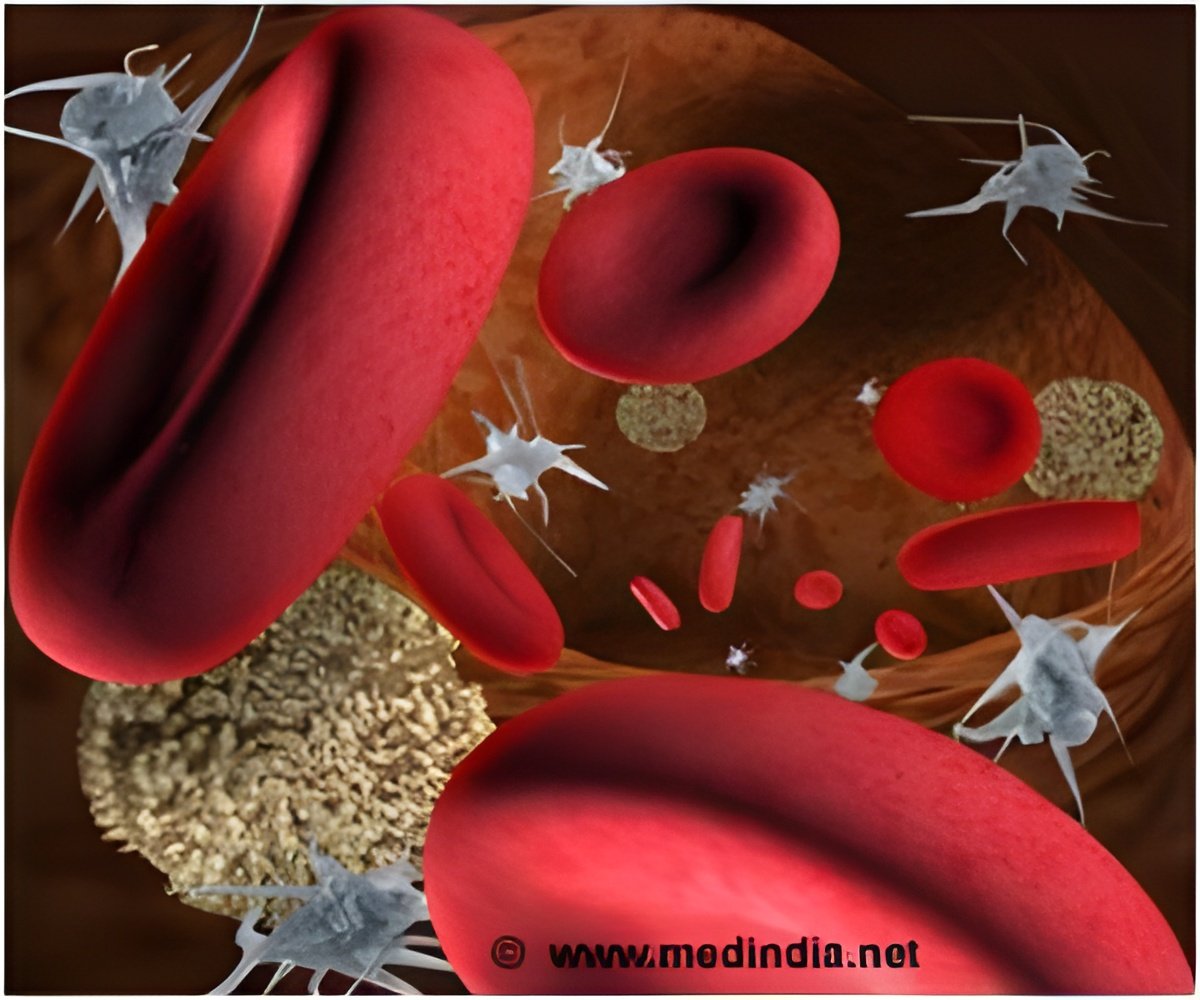
The research team, whose results will soon be published in the supplementary International Association of Neurorestoratology (IANR) issue of Cell Transplantation (22(s1)), and are currently freely available on-line as an unedited early e-pub at ingentaconnect.com/content/cog/ct/pre-prints/content-cog_09636897_ct2455sun, determined that the test animals did gain a synergistic benefit from cell transplantation and exercise that included axonal growth and neuronal plasticity.The SCs were injected directly into the spinal cord lesion while the OECs were injected into adjacent tissues.
Researchers found that when the SCs and OECs were co-injected, they had a combined effect of promoting axonal regeneration and motor functional improvement. However, the treadmill workouts had the effect of improving limb function and neural plasticity. "After 30 minutes of daily treadmill training over ten weeks, the test animals displayed a significantly improved hind limb function and changes in the distribution and number of tyrosine hydroxylase positive (TH+) neurons in the L2 cord," said study corresponding author Dr. Tiansheng Sun of the Beijing Army General Hospital. "This indicates the important role of plasticity of TH+ interneurons and motoneurons in the L2 spinal cord in functional recovery."
The researchers reported that, consistent with previous studies, the SCs remained densely packed and concentrated at the injection site while the OECs migrated through the gray and white matter. Both kinds of cells induced axon growth and remyelination, but it appeared that the treadmill training was responsible for improving hind leg function and neuron plasticity, though a further synergistic improvement was seen with the combined therapy. "Treadmill training may reflect significant up-regulation of the TH+ expression in intrinsic interneuronal neurons and a switch by other neurons to a TH phenotype, revealing an interneuron and motoneuron plastic response to treadmill training within the spinal cord," the researchers concluded.
"This study highlights the benefits of combinatorial therapies of cell transplantation and exercise, where multiple factors can impact on improving a neurodegenerative disorder" said Dr. Paul R. Sanberg, distinguished professor at the Center of Excellence for Aging and Brain Repair, Morsani College of Medicine, University of South Florida, Tampa, FL. "Once further elucidation of the individual and synergistic contributions of each treatment has been made, translation of such combinatorial therapies to the clinical setting will hopefully yield similar results."
Advertisement


